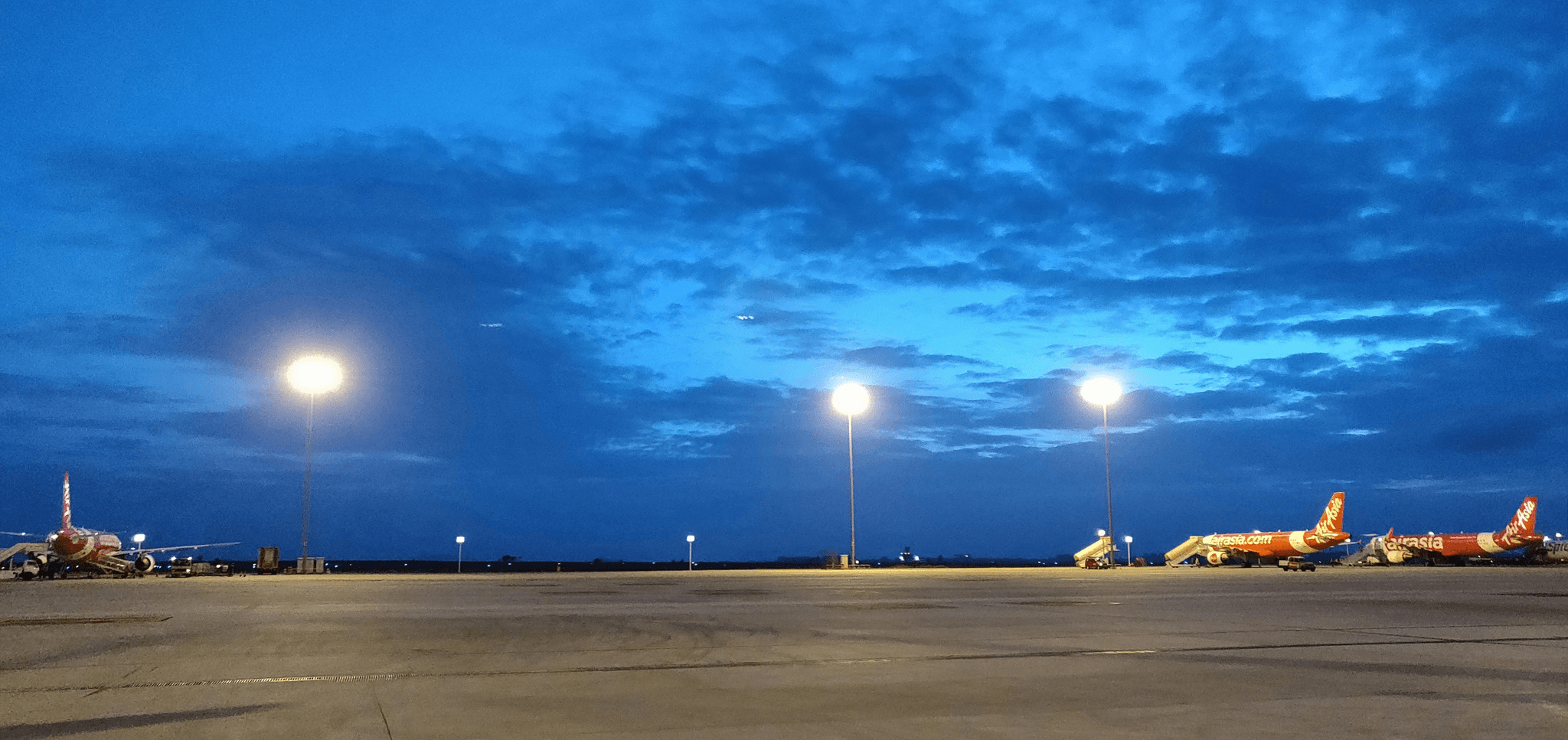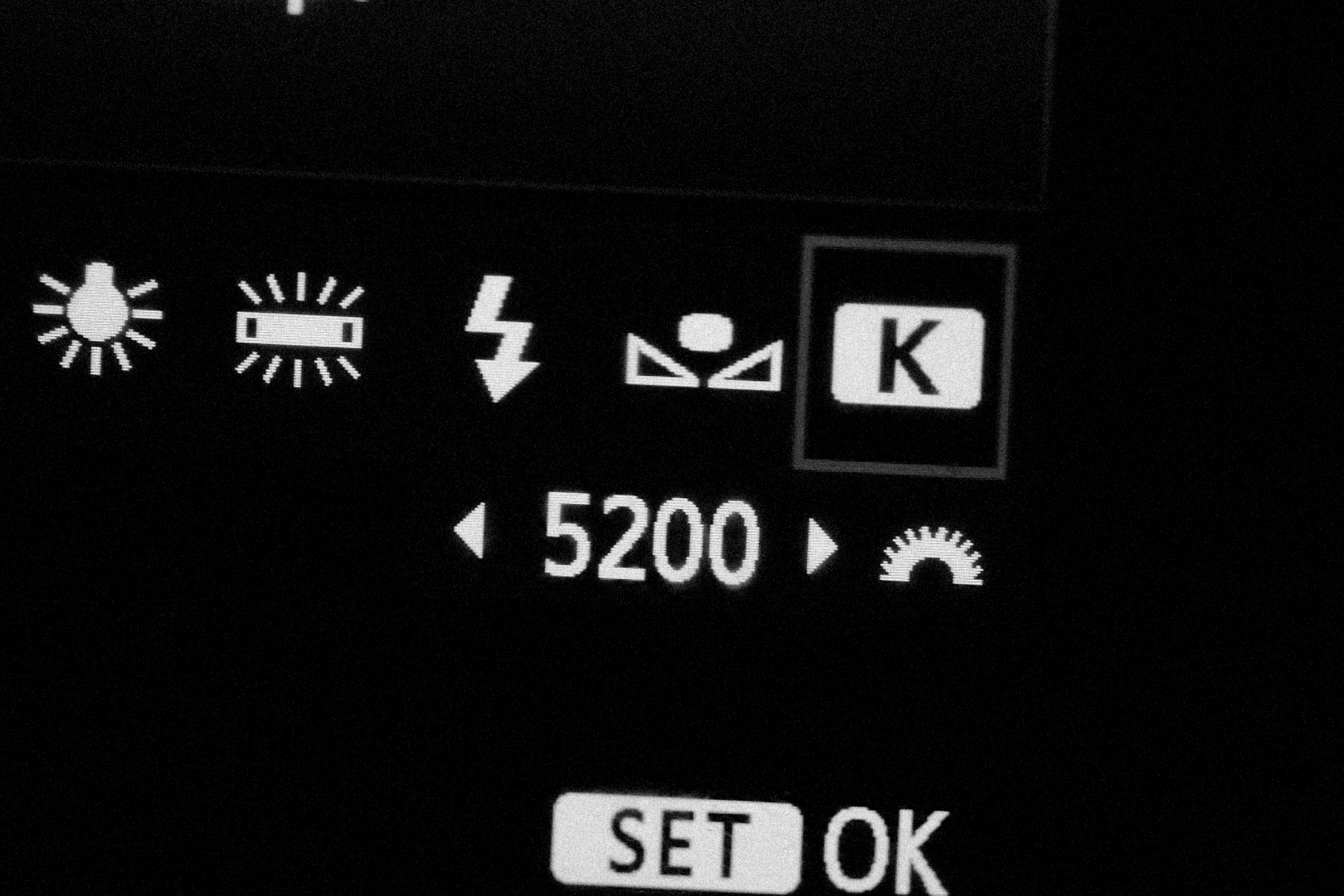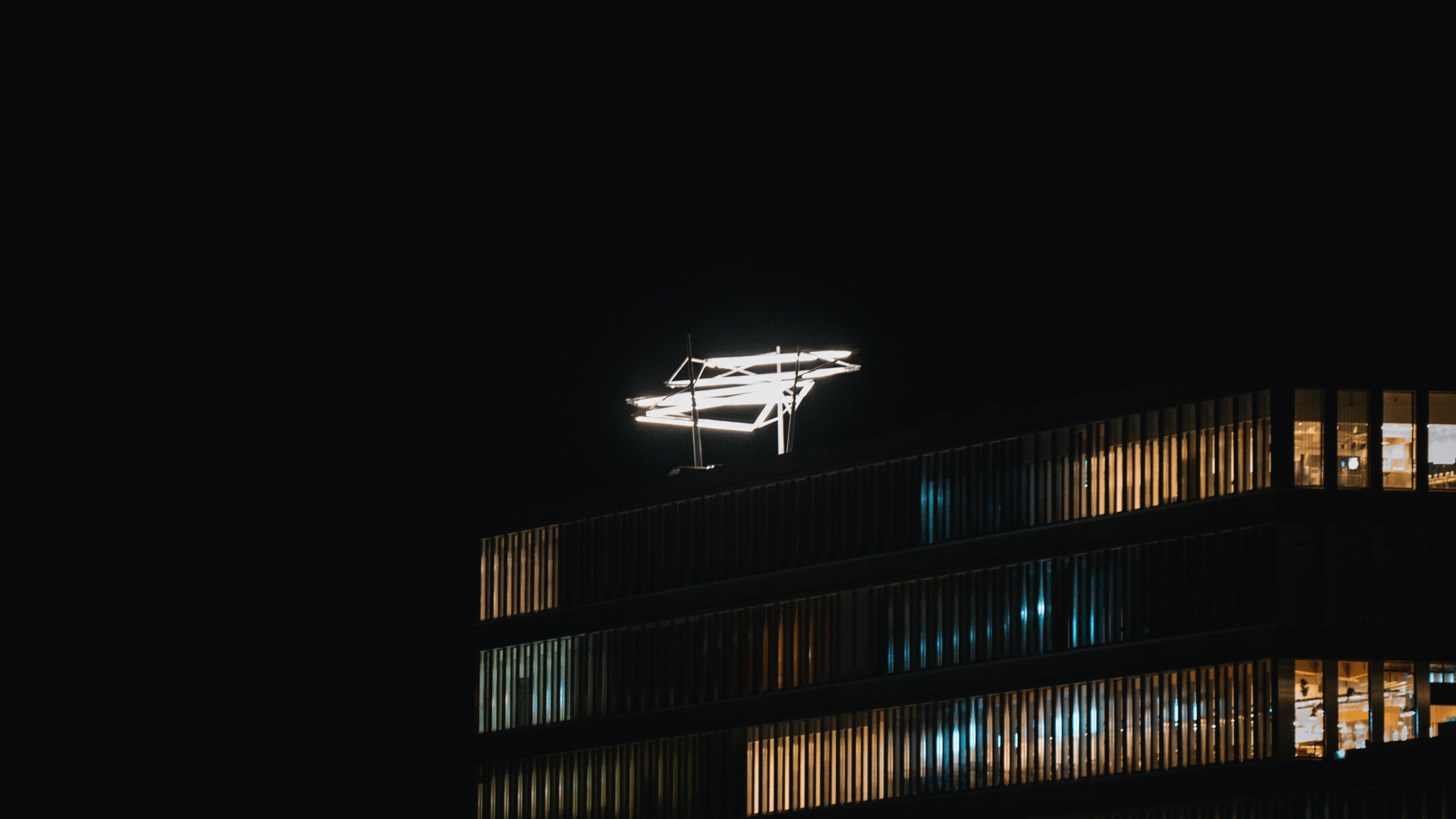Introduction

Airport lighting systems play a crucial role in ensuring the safety and efficiency of air travel. These systems are designed to provide visual guidance to pilots during takeoff, landing, and taxiing, especially in low visibility conditions. Understanding the importance of airport lighting systems is essential for maintaining safe operations at airports worldwide.
Understanding the Importance of Airport Lighting Systems
Airport lighting systems are essential for providing visual cues to pilots, enabling them to safely navigate runways, taxiways, and apron areas. These systems also play a critical role in enhancing visibility during adverse weather conditions and at night, ensuring that pilots can confidently operate aircraft.
Key Factors in FAA Tower Lighting Requirements
The Federal Aviation Administration (FAA) has implemented strict guidelines for airport tower lighting to ensure the safety of air traffic control operations.
- Light Intensity: Tower lights must emit a specific light intensity to be visible from a distance, even in low visibility conditions.
- Color: The color of the lights is crucial for identification and communication between air traffic controllers and pilots.
- Positioning: Lally on the tower must adhere to precise specifications to ensure maximum visibility from all angles.
By adhering to these rigorous standards, the FAA helps to prevent accidents and maintain the safe and efficient operation of airports.
The Role of Light Intensity in Airport Safety
Light intensity is a key factor in airport safety, as it directly impacts pilot visibility during critical flight phases. Proper light intensity ensures that runways, taxiways, and other airport areas are well-lit. This allows pilots to make accurate judgments while maneuvering aircraft on the ground and during takeoff and landing.
The Basics of Airport Lighting Systems

Airport lighting systems are crucial in ensuring safe operations for both aircraft and ground vehicles. These systems consist of various components, including runway edge lights, taxiway lights, and approach lighting systems. Each component specifically guides pilots during takeoff, landing, and taxiing on the airfield.
Components of a Lighting System
The components of an airport lighting system are designed to provide visual cues for pilots, enabling them to navigate the airport safely during various weather conditions and times of day. Runway edge lights mark the edges of runways and taxiways, while approach lighting systems help pilots align their aircraft with the runway during landings. In addition, taxiway lights guide aircraft along designated taxi routes to prevent runway incursions.
Lighting systems also include runway centerline lights, which help pilots maintain alignment with the runway during takeoff and landing. These lights are especially important when visual cues are limited during low. It is crucial to understand the unit of measurement used to measure the light intensity of airport lighting systems accurately. The most common unit of measurement for light intensity is candela, which represents the luminous intensity in a particular direction. This unit helps consider optimally and completely monitor and manage the performance of the lighting systems easily, enhances the safety of aircraft operations, and helps airports avoid airport runway brightness levels. Proper light intensity is crucial for runway safety. It directly impacts pilots' ability to navigate the runway, particularly during low-visibility conditions like fog or heavy rain. In addition, runway threshold lights indicate the beginning of the runway for landing aircraft, providing essential information to pilots as they approach for touchdown. These lighting components work harmoniously to ensure safe and efficient operations at airports worldwide.
ICAO Annex 14 Standards for Light Intensity
The International Civil Aviation Organization (ICAO) has established standards for light intensity at airports to ensure visibility for pilots and ground personnel. These standards dictate the minimum light intensity required for airport lights, such as runway edge and threshold lights. Adhering to these standards is essential for maintaining safe operations and reducing the risk of accidents caused by poor visibility.
Proper lighting at airports is crucial for ensuring the safety of both air and ground operations. In addition to runway lights, obstruction lights are key in alerting pilots to obstacles such as towers, buildings, and cranes. These lights are strategically placed to indicate potential hazards, especially during low visibility. By adhering to ICAO standards for light intensity, airports can effectively mitigate the risk of collisions and ensure smooth and safe aircraft movements.
Importance of Obstruction Lights in Airports
Airport obstruction lights play a vital role in ensuring the safety of both aircraft and ground operations.
- Warn pilots of potential hazards: These lights illuminate tall structures near airports, alerting pilots to potential obstacles during takeoff and landing.
- Protect ground personnel and equipment: Obstruction lights help prevent accidents and damage to airport infrastructure by marking potential hazards.
- Ensure regulatory compliance: These lights are essential for complying with aviation regulations that mandate their use for safe airfield operations.
Obstruction lights are indispensable for airport lighting systems. They safeguard aircraft and ground operations by preventing accidents and ensuring regulatory compliance.
Understanding Light Intensity Measurement

Light Intensity Measurement Unit Explained
In order to accurately measure the light intensity of airport lighting systems, it is crucial to understand the unit of measurement used. The most common unit of measurement for light intensity is candela, which represents the luminous intensity in a particular direction. This unit helps to quantify the brightness and visibility of airport lights, ensuring that they meet the necessary standards for safe air travel.
In addition to measuring the light intensity of airport lighting systems, it is also important to consider the color temperature of the lights. The color temperature can affect how well pilots are able to distinguish between different types of lights and can impact visibility during various weather conditions. By taking into account both light intensity and color temperature, airport authorities can ensure that their lighting systems provide optimal visibility for safe air travel.
Haisen's Light Intensity Tester Features
Haisen's Light Intensity Tester is a cutting-edge tool designed to measure and evaluate the light intensity of airport lighting systems with precision and efficiency. It features dynamic light intensity measurement, computer vision 3D measurement, and linear array scanning positioning correction technologies. This advanced equipment ensures that airport lights are functioning optimally and in compliance with regulatory standards.
Furthermore, the Light Intensity Tester is equipped with a user-friendly interface and real-time data analysis capabilities, allowing airport personnel to easily monitor and manage the performance of the lighting systems. This feature enables quick identification of any deviations from the required light intensity levels, facilitating prompt maintenance and repairs as needed. As a result, airports can ensure the safety and efficiency of their operations, as well as compliance with industry regulations.
Significance of Accurate Light Intensity Testing
Accurate light intensity testing is essential for maintaining the safety and efficiency of airport operations. Properly measured light intensity ensures that pilots have clear visibility during takeoff, landing, and taxiing on runways and heliports. With Haisen's Light Intensity Tester, airports can conduct real-time online light intensity testing, enhancing inspection efficiency and accuracy while meeting ICAO Annex 14 standards.
Furthermore, accurate light intensity testing is crucial for complying with FAA runway lighting requirements. By using Haisen's Light Intensity Tester, airports can ensure that their runway lighting meets the necessary standards set by the Federal Aviation Administration. This not only enhances the safety of aircraft operations but also helps airports avoid potential fines or penalties for non-compliance with regulatory requirements.
Meeting FAA Runway Lighting Requirements

Proper light intensity is crucial for ensuring the safety of runways at airports. The right level of brightness is essential for pilots to have clear visibility during takeoff and landing, especially in adverse weather conditions. FAA runway lighting requirements mandate that airports meet specific standards for light intensity to guarantee safe operations.
Importance of Proper Light Intensity for Runway Safety
The safety of aircraft operations is paramount, and adequate runway lighting plays a critical role in ensuring the well-being of pilots, passengers, and ground personnel. Proper light intensity is essential for pilots to navigate runways safely, especially during challenging conditions such as low visibility.
Here are the key reasons why runway lighting is crucial:
- Improved visibility: Adequate lighting enhances pilots' ability to accurately judge their position on the runway, reducing the risk of collisions and other accidents.
- Clear differentiation: Proper lighting ensures that pilots can easily distinguish between the runway and surrounding areas, minimizing the risk of runway incursions and errors in judgment.
- Adherence to safety standards: By complying with FAA standards for airport lighting, airports can create a safe and well-defined path for pilots to follow during takeoff and landing.
Ensuring proper runway lighting is a vital aspect of airport safety. By prioritizing adequate illumination, airports can significantly enhance the safety and efficiency of aircraft operations.
Compliance with FAA Standards for Airport Lighting
Compliance with FAA standards for airport lighting is a non-negotiable aspect of airport operations. Meeting these stringent requirements is essential to ensure that all aspects of the lighting system, including runway, taxiway, and approach lights, adhere to the specified guidelines for light intensity and visibility range.
Meeting these stringent requirements is important for the safety and efficiency of airport operations and for ensuring compliance with federal regulations. Haisen's Light Intensity Tester offers a reliable solution for airport authorities to measure and maintain the required light intensity levels accurately. Using this advanced testing equipment, airports can easily identify deviations from the specified standards and take prompt corrective actions to avoid potential safety hazards or regulatory non-compliance.
Benefits of Haisen's Light Intensity Tester
Haisen's Light Intensity Tester is valuable for airports striving to meet FAA runway lighting regulations.
- Accurate Measurements: Utilizes advanced technology to measure light intensity levels precisely.
- Dynamic Capabilities: Incorporates dynamic measurement and 3D positioning correction for enhanced accuracy.
- Real-time Data: Provides immediate data and analysis to identify potential issues promptly.
- User-Friendly Interface: Offers a simple and intuitive interface for easy operation.
- Comprehensive Reporting: Generates detailed reports for efficient record-keeping.
Haisen's Light Intensity Tester is a reliable and efficient solution for ensuring compliance with FAA runway lighting standards, enhancing airport safety, and optimizing operations.
Ensuring Safety with Heliport Lighting Systems

Heliport lighting systems ensure safe helicopter landings, especially in low visibility conditions. The role of light intensity in heliport lighting cannot be overstated, as it directly impacts the visibility and safety of helicopter operations. Dynamic light intensity measurement offers significant advantages in accurately assessing the brightness of heliport lights, allowing for real-time adjustments to ensure optimal visibility for approaching helicopters.
Role of Light Intensity in Heliport Lighting
The light intensity of heliport lighting plays a critical role in guiding helicopter pilots during takeoff and landing procedures. Properly calibrated light intensity ensures that pilots can clearly distinguish the heliport layout, including the touchdown and lift-off area (TLOF) location and the final approach and takeoff area (FATO). This is essential for safe and precise maneuvering during critical phases of flight operations.
Advantages of Dynamic Light Intensity Measurement
Dynamic light intensity measurement offers a proactive approach to maintaining optimal visibility at heliports. By continuously monitoring and adjusting light intensity levels based on environmental conditions, such as weather or time of day, dynamic measurement ensures that heliport lights remain highly visible to helicopter pilots. This adaptability enhances overall safety and reduces the risk of accidents due to poor visibility.
Enhancing Helicopter Landing Safety
Dynamic light intensity measurement technology significantly enhances helicopter landing safety by providing consistent and reliable visibility for pilots during approach and touchdown. Accurate assessment and adjustment of light intensity based on real-time conditions ensure that helicopter pilots have clear visual references, enabling them to make informed decisions during critical flight maneuvers.
Furthermore, dynamic light intensity measurement technology also helps mitigate the impact of adverse weather conditions on helicopter landings. By automatically adjusting light intensity to compensate for fog, rain, or snow, this technology ensures that pilots can maintain visibility even in challenging environments. This capability enhances safety during normal operations and allows for continued operations in less-than-ideal weather conditions, reducing delays and improving overall efficiency at heliports and airports.
The Future of Airport Lighting Technology

Integration of Computer Vision 3D Measurement
As technology advances, the integration of computer vision 3D measurement in airport lighting systems is revolutionizing how light intensity is measured and monitored. This cutting-edge technology allows for precise and accurate measurements, ensuring that airport lights meet FAA tower lighting requirements and ICAO Annex 14 standards. By incorporating computer vision 3D measurement, airports can enhance safety and efficiency in their lighting systems.
Smart Testing Devices for Airport Lighting Stations
Smart testing devices are becoming increasingly essential for airport lighting stations. These devices offer advanced features like real-time online light intensity testing, dynamic measurement capabilities, and positioning correction technologies. By utilizing smart testing devices, airports can ensure compliance with FAA runway lighting requirements and maintain optimal light intensity levels for safe and efficient airfield operations.
Advancements in Light Intensity Testing
Advancements in light-intensity testing have led to the development of innovative tools such as Haisen's Light Intensity Tester. This state-of-the-art equipment utilizes proprietary patented technology to provide accurate measurements and real-time airport light-intensity monitoring. With its dynamic measurement capabilities and adherence to ICAO Annex 14 standards, this tester plays a crucial role in ensuring the safety and reliability of airport lighting systems.
Importance of Accurate Light Intensity Measurement

Ensuring Compliance with Light Intensity Standards
In conclusion, airport and heliport lighting systems must comply with FAA tower lighting requirements and ICAO Annex 14 standards. Meeting these standards ensures the safety of airfield operations and the guidance system for arriving and departing flights. Proper compliance significantly reduces the risk of accidents due to inadequate lighting.
Accurate light intensity measurement is essential for maintaining the functionality of airport lighting systems. It ensures that obstruction lights at airports are visible from a distance, contributing to overall safety. By utilizing advanced technology such as Haisen's Light Intensity Tester, airports can consistently monitor and maintain the required light intensity levels.
Enhancing Safety with Advanced Light Intensity Testing
Advanced light intensity testing, provided by Haisen's innovative equipment, plays a pivotal role in enhancing safety at airports and heliports. The integration of dynamic light intensity measurement, computer vision 3D measurement, and linear array scanning positioning correction technologies ensures precise and reliable testing, which ultimately leads to improved safety measures for all airfield operations.
By prioritizing compliance with light intensity standards, emphasizing accurate measurement, and embracing advanced testing technologies like Haisen's Light Intensity Tester, airports can significantly enhance their safety measures and ensure smooth flight operations.
